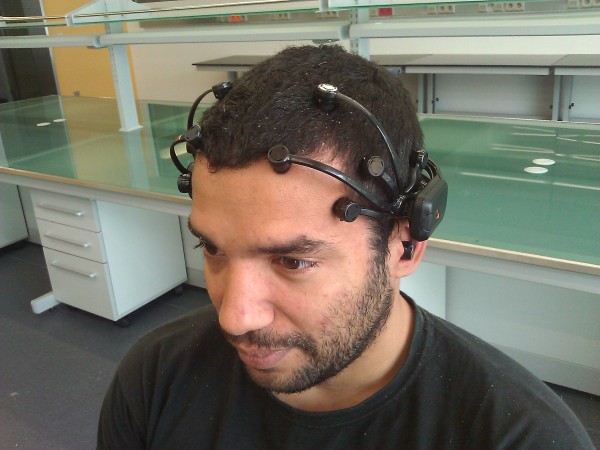Scientists have been working on ways through which the thoughts of a person can be accurately ‘read’ with the help of brain-computer interfaces. Until now, they have had little success. But now, scientists have successfully been able to read the subject’s thoughts and even retrieve important data simply with help of signals from his brain.
This significant achievement was accomplished by researchers from University of Oxford and University of California. The most interesting part is that they didn’t have to make use of any fancy, expensive lab equipment. Rather, they simply used an off-the-shelf Emotiv brain-computer interface and with the help of it, hacked into the subject’s brain. The equipment costs a mere $299 and is readily available.
So, how exactly did they ‘hack’ into a subject’s brain? The success primarily depends on a specific brain signal called ‘P300.’ This signal is usually transmitted when a person recognizes something which he is shown.
The researchers showed the subject images of different banks and digits and based on the transmission of P300 signal, and they were successfully able to find out the PIN numbers and other bank details of the subject.
A significant application of this, the researchers argue, can be in lie detection. It’s quite hard to guard the brain and stop it from sending a recognition signal when a person sees something which is familiar.
According to the scientists, “The P300 can be used as a discriminative feature in detecting whether or not the relevant information is stored in the subject’s memory. For this reason, a GKT based on the P300 has a promising use within interrogation protocols that enable detection of potential criminal details held by the suspect.”
However, this is not a fully reliable method yet and can be prone to errors. Moreover, the very same method can be used by hackers, in the future, to hack user details by employing the same P300-signal recognition method.
Source: Usenix
Courtesy: CBS Local
[ttjad keyword=”hot”]




